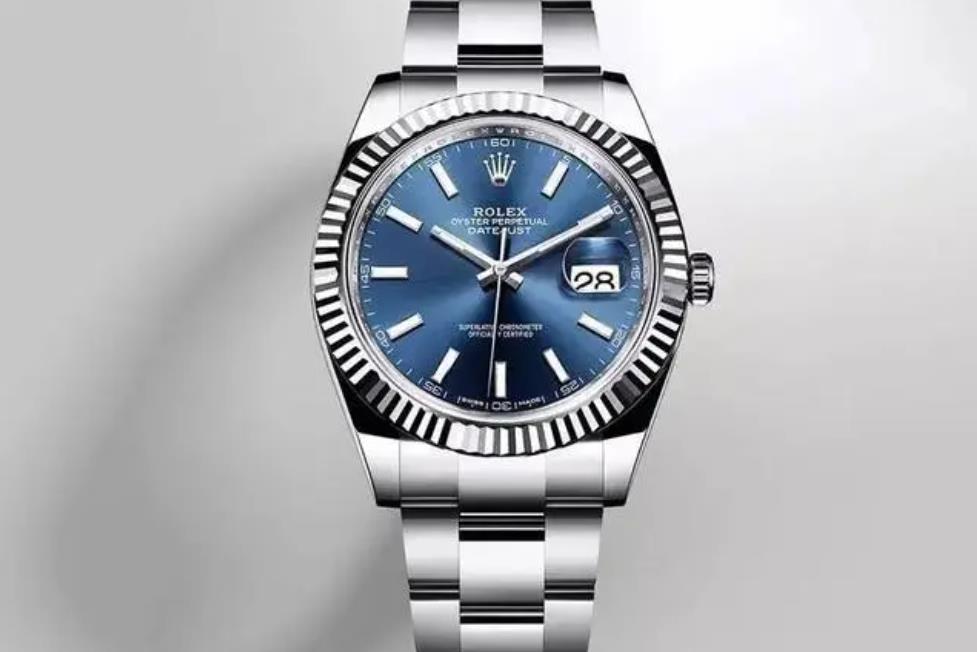


No matter whether in life or business occasions, people are likely to talk about a specific topic, such as watches, which can not only provide the function of telling time but also play a decorative role. Many people have a great feeling for watches. big interest. But most people actually don't understand watches, especially some technical terms of watches. We are a watch manufacturer. In order to let every friend better understand the technical terms of watches, we have organized an article to explain each term in detail, which is divided into two parts.
The difference between the small three hands and the big three hands is mainly the second hand. Watch manufacturers design a separate small disc in the large dial, which runs independently to indicate the second, commonly known as "small three needles", also known as "two and a half needles". Because the small three-hand watch has an extra second dial, it does not look as simple as the big three-hand. Some retro-style watches will use the small three-pin layout.
Big three hands, the mainstream wristwatches we usually see are all designed with big three hands, the hour hand, minute hand, and second hand rotating around the same central axis, also called the princess-style hands. The appearance of the three-hand watch is relatively simple and atmospheric. The big three hands evolved from the small three hands. In order to reduce the size of the mechanical watch, watchmakers put the second hand, hour hand, and minute hand together on the same axis.

The hour hand, minute hand, and second hand operate independently of each other, and the pivot points of the hour hand, minute hand, and second hand can be connected in a straight line. Although it is not as comfortable as the junior needle, it is also a bit regular, so it is called a standard pointer.
Watch manufacturers design a small window on the dial of the watch to indicate the date of a month, generally expressed in numbers, called date. Also, the day of the week indicator is called day. A watch that can indicate the date, week, and month is called a full calendar. Because there are large and small months, most calendars have calendar adjustment devices.
There is a small window on the dial of the Jaeger-LeCoultre Moon Phase Master to indicate the moon’s cloudiness, this function is called the moon phase and is often seen at twelve or six o’clock. A general moon phase watch has a calculation cycle of 29 days a month. Complicated moon phase watches use 12 hours and 45 minutes on the 29th to calculate the time of a month. The moon phase watch using this time cycle algorithm has an error of fewer than 12 minutes a year. For the specific calibration method, you can watch the video of Jiang Kebiao Pavilion, which is mentioned.
Watch manufacturers design a fan-shaped window on the surface to indicate the remaining power of the mechanical clock (that is, the degree of tightness of the mainspring), which is the power indication. By reading the power indicator, the wearer can know how long the mechanical watch worn can still run.
Centuries ago, sailors sailing at sea had to rely on accurate nautical clocks when calculating latitude and longitude. However, the nautical clock at that time was powered by a mechanical device. If the winding was not timely, it would be inaccurate or even stop, which was fatal to the navigator. Later, in order to solve this problem, watchmakers invented a device to display energy.
In addition to the ordinary functions of indicating hours, minutes, and seconds watches also have other functions: moon phase display, date display, minute repeater, timing, etc. These watches are called complex function watches. Among them, the minute repeater, perpetual calendar, and tourbillon are known as the three major complex functions. Watches with complex functions are more expensive.
Let's first understand the repeating watch, that is, the reed watch. Through the handle or button on the watch case, the internal device is activated to make a sound to report the time. In the era without electric lights, especially at night, this function is best.
The three-repeater watch, that is, the three-reed watch, realizes the time reporting of "hour", "engraved" and "minute" through the different sounds of the three springs, and you can know what time it is by listening to the sound. This function was originally designed for visually impaired users. Later, because of its beautiful acoustics and mechanical applications, many people loved the minute repeater.

2F, Building A, Shimei Industrial Park, Dalang Town, Longhua District, Shenzhen, China